Forex Trading Platforms
Introduction
Forex trading platforms are software interfaces provided by brokerage firms to their clients to give them access as traders in the Forex markets. This article delves into the various aspects of these platforms, their types, features, and how they have evolved over time.
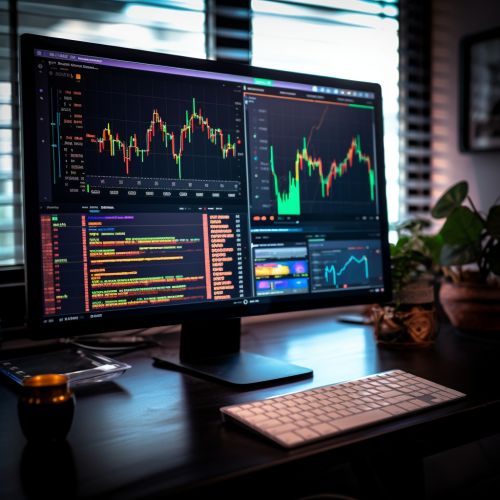
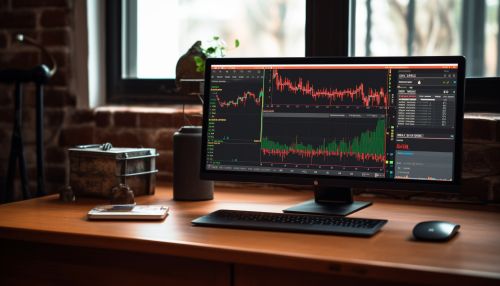
Types of Forex Trading Platforms
There are primarily two types of Forex trading platforms: web-based and client-based (downloadable) platforms.
Web-Based Platforms
Web-based platforms are accessible through any web browser, eliminating the need for any downloads or installations. They offer flexibility as they can be accessed from any device with an internet connection. Some popular web-based Forex trading platforms include MT4 WebTrader and cTrader Web.
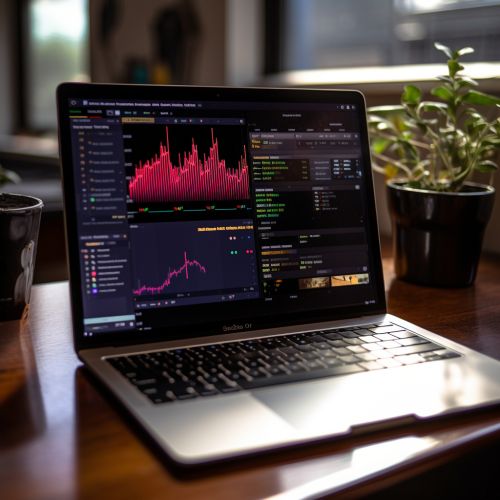
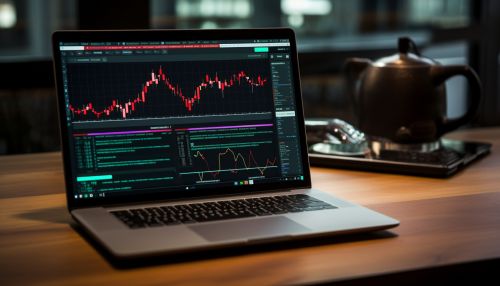
Client-Based Platforms
Client-based platforms require software to be downloaded and installed on the user's device. These platforms often offer more features and tools for detailed analysis compared to their web-based counterparts. Examples of client-based platforms include the desktop versions of MT4 and MT5.
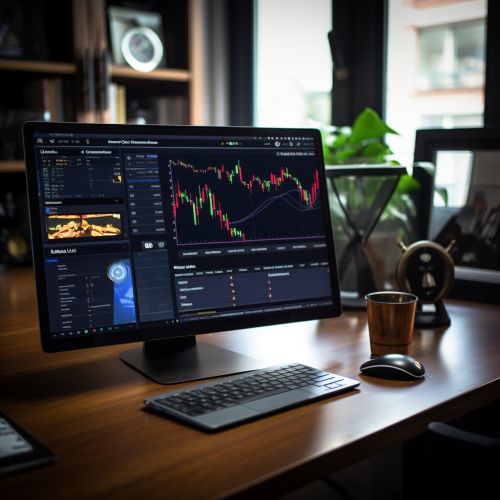
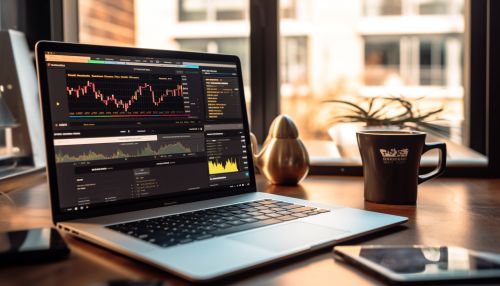
Features of Forex Trading Platforms
Forex trading platforms come equipped with a variety of features to aid traders in their trading activities. These include:
Charting Tools
Charting tools are essential for technical analysis in Forex trading. They allow traders to view currency pairs over different time frames and apply various technical indicators to the charts.
Order Types
Different order types such as market orders, limit orders, stop orders, and trailing stops are available on Forex trading platforms. These order types help traders manage their trades and risk.
Demo Accounts
Most Forex trading platforms offer demo accounts. These accounts allow traders to practice trading with virtual money before risking real capital.
Automated Trading
Some platforms offer automated trading features. Traders can use these features to automate their trading strategies using algorithmic trading systems.

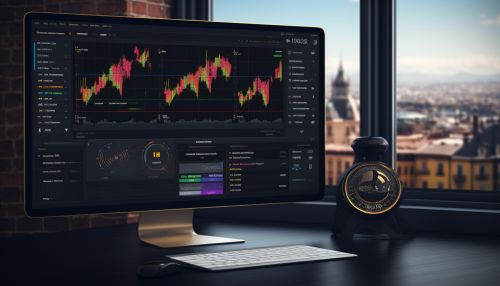
Evolution of Forex Trading Platforms
Forex trading platforms have evolved significantly over the years. The first generation of platforms were primarily desktop-based and offered basic functionalities. With advancements in technology, modern platforms now offer a host of features including mobile trading, integrated news feeds, and advanced charting capabilities.
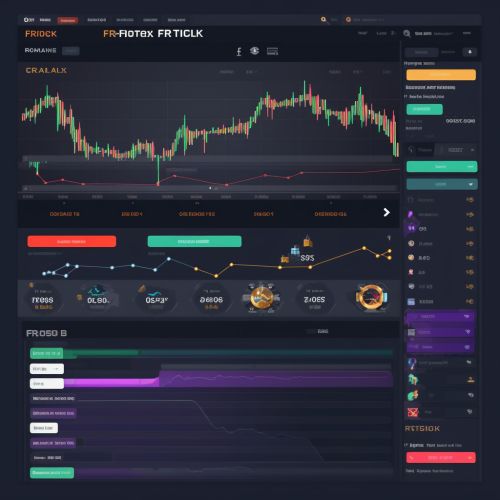
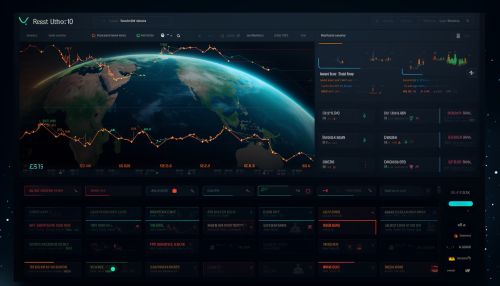
Choosing a Forex Trading Platform
Choosing the right Forex trading platform depends on a trader's specific needs and trading style. Factors to consider include the platform's user interface, available tools and features, compatibility with devices, and the broker's reputation.
Conclusion
Forex trading platforms are an essential tool for any Forex trader. They provide the interface for traders to participate in the Forex market, offer various tools for analysis and trade management, and have evolved significantly over the years to meet the changing needs of traders.
